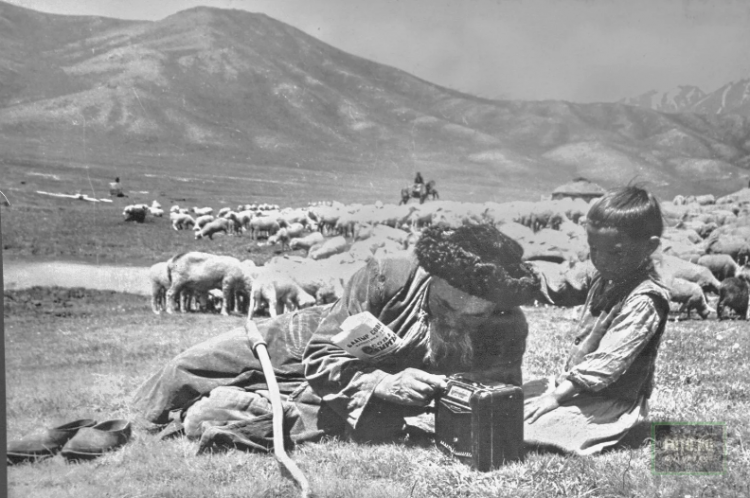
The sudden attack of fascist Germany and the unfavorable development of military actions on the front created enormous difficulties not only in industry but also in the agriculture of the country. The enemy managed to capture the richest agricultural regions: before the war, they produced 38% of the gross grain output, 84% of sugar, accounted for 38% of cattle, and 60% of the pig population. Many able-bodied and skilled workers and collective farmers were mobilized to the front. In addition, a significant portion of tractors, almost all trucks, and a large number of horses were sent to the army. In these challenging conditions, the harvest of 1941 began.
All residents of the ails and villages—women, teenagers, and the elderly—joined the battle for bread, for life, for victory. A mass training of mechanization personnel unfolded. By July 10, 1941, 2,787 women tractor drivers and 570 female combine operators had been trained through short-term courses at MTS and agricultural mechanization schools.
The labor activity of collective farmers noticeably increased. From dawn to dusk, tirelessly, members of the agricultural collective named after Budyonny in the Uzgen district of the Osh region worked. In three days, they mowed 233 hectares, threshed and delivered 237 centners of bread to the state, and to complete the harvest in a timely manner, they switched to night threshing and requested the district party committee to "organize night reception of bread at the Zagotzerna points." Their request was granted. "Every ton of bread is a shell thrown into the camp of the fascists"—under this slogan, round-the-clock grain reception was conducted at all procurement points in the republic.
The collective farms of the Naukat district were to harvest 14,676 hectares of cereals, for which 7 combines and 44 header machines were allocated. At the same time, harvesting with sickles was organized. By July 10, 6,585 hectares had been harvested, of which 16.7% by combines, 18.2% by header machines, and 66.1% manually. Urban residents and school students were involved in the harvest. On July 27, 1941, on a Sunday, more than 400 workers and employees from the city of Osh went out to the fields. More than 200 workers and housewives actively participated in the harvest of the collective farms "Ak-Bulak" and "Udarnik" from the Lyaylak district.
Before anyone else, by August 20, 1941, the collective farms of the Osh region (106.2%), Jalal-Abad region (104.5%), and a month later, the Frunze region (105.7%) fulfilled their grain procurement plans.
In the state farms of the republic, despite the decrease in the number of tractors, the level of mechanization of major agricultural work, including harvesting, was somewhat higher than in collective farms. 83% of cereals were harvested by combines and only 17% with the help of draft power and manually.
According to the annual reports of the collective farms of the republic, out of 978.2 thousand (978,195) hectares of grain and leguminous crops sown for the 1941 harvest, 706.5 thousand (706,564) hectares were actually harvested, which is 14,887 hectares more than in 1940. The yield of grains in 1941 averaged 10.4 centners per hectare. The gross harvest across all sectors of the economy (collective farms, state farms, etc.) amounted to 751.7 thousand tons, including 500.2 thousand tons (600,204.1 centners) from collective farms. A total of 203.6 thousand tons of bread were stored in the granaries of the Motherland—significantly more than in 1940.
Production across all sectors increased: raw cotton from 94.2 thousand tons in 1940 to 110.4 thousand tons in 1941, potatoes from 11.9 thousand to 12.0 thousand tons, vegetables from 6.5 thousand to 10.3 thousand tons, hay from 32.4 thousand to 35.0 thousand tons. In 1941, 484.0 thousand tons of sugar beets were harvested compared to 590.6 thousand tons in 1940.
The National Economy of the Kyrgyz SSR by the Middle of 1942













































